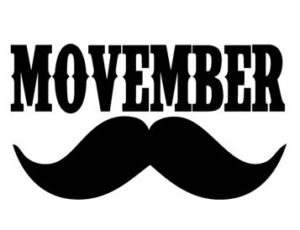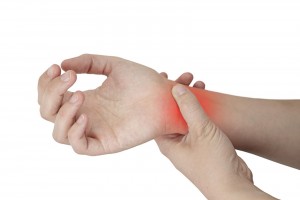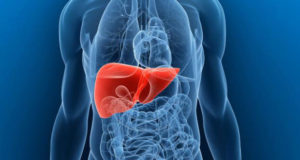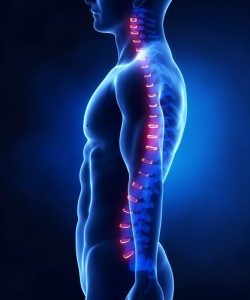 Paying attention to how we feel and being aware of new symptoms, aches, and pains is one of the most important ways we can help protect ourselves from serious medical conditions; through early detection!
Paying attention to how we feel and being aware of new symptoms, aches, and pains is one of the most important ways we can help protect ourselves from serious medical conditions; through early detection!
These symptoms below should not be ignored, and should be considered red flags.
Chest pain – chest pain is serious and requires immediate medical attention. Pain or lingering tightness in the chest, and shortness of breath can be an indicator of a heart attack. Call your doctor or 911 immediately.
Severe headache with no known cause – These types of headaches are usually migraines, however, it can also be a symptom of a brain aneurysm or a burst blood vessel.
Throbbing tooth – this pain can be caused by a damaged tooth nerve, and if not looked after in a timely manner, the bacteria in your mouth can spread to the nerve, which can spread the bacteria throughout your body.
Seeing flashes of light – these unexplained bright spots or flashes of lights can be a sign of a detached retina, which can quickly lead to permanent loss of vision.
Swollen Legs – This can mean fluid is accumulating and it can be a sign of heart failure; and if it is accompanied by pain, or tenderness in the back of your lower leg, it can be an indication of deep-vein thrombosis (blood clot). Call 911 immediately.
Persistent fever – A fever indicates that your body has some type of infection, a high fever indicates a more serious infection, such as meningitis.
Sharp pain in your side or pelvis area – Pelvic pain can be a sign of appendicitis, kidney infection, ovarian cysts or even a hernia, all of which require emergency surgery.
Sudden confusion, trouble seeing, dizziness – Call 911, you may be having a stroke. Additional stroke symptoms are:
- Sudden numbness or weakness in the face, arm, or leg, especially on one side of the body.
- Sudden confusion, trouble speaking, or difficulty understanding speech.
- Sudden trouble seeing in one or both eyes.
- Sudden trouble walking, dizziness, loss of balance, or lack of coordination.
Back pain with tingling toes – this can be a sign of sciatica, a herniated disc, or a slipped disc. Without proper medical attention, you risk permanent nerve damage.
When you see or feel something different or just feel ‘off’, don’t just dismiss it. Pain is your body’s way of telling you that something isn’t right. Call your doctor or healthcare practitioner to discuss your symptoms.








